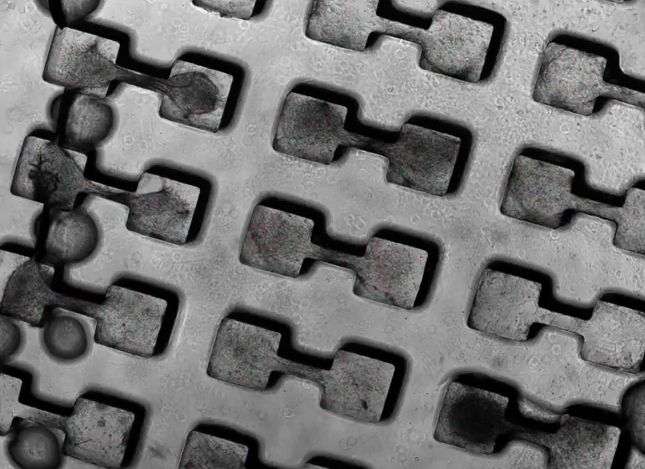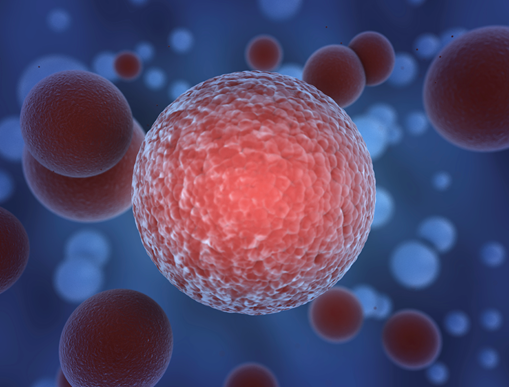
Image/ Video Credit: A unique dog bone-shaped dish helped heart cells created from iPSCs self-organize into three-dimensional, beating micro heart muscle. Video: Nathaniel Huebsch
Scientists at the Gladstone Institutes have invented a new way to create three-dimensional human heart tissue from stem cells. The tissue can be used to model disease and test drugs, and it opens the door for a precision medicine approach to treating heart disease. Although there are existing techniques to make three-dimensional tissues from heart cells, the new method dramatically reduces the number of cells needed, making it an easier, cheaper, and more efficient system. Read More
(Source: https://medicalxpress.com/news/2016-04-micro-heart-muscle-stem-cells.html)










